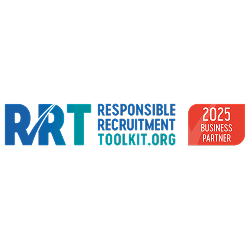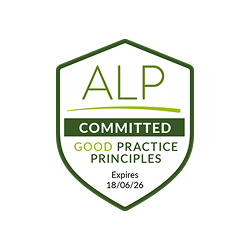How to Pass your HGV Assessment First time
Elite’s Guide to Passing Your HGV Assessment the First Time
_______________________________________________________________
If you’re preparing for an HGV driving assessment, you’re taking a big step toward a rewarding and well-paid driving career. At Elite, we’ve supported hundreds of professional drivers through this process, and we know exactly what assessors are looking for.
All assessments are different, but most last between 2–8 hours, depending on the company and the type of vehicle or route you’re being tested on. Below, we’ve broken down what to expect — and how to give yourself the best chance of passing first time.
Arrive Prepared and on Time
Always plan your journey and aim to arrive on site at least 15 minutes early. This gives you time to find where you need to go, park safely, and get settled before your assessment begins. Rushing in at the last minute can leave you feeling flustered — and that’s not the first impression you want to give.
1. Bring the Right Documents and Equipment
Before you leave home, double-check that you have everything you’ll need:
- Driving Licence (correct category for the vehicle)
- Driver CPC card
- Digital Tachograph (Digi) card
- Glasses (if required for driving or reading)
- PPE: Steel toe-capped boots and a high-vis vest
- Pen for any written sections
Turning up fully prepared shows professionalism — and prevents any unnecessary delays or disqualification before you even start.
2. Get Enough Rest Beforehand
Make sure you’ve had sufficient rest before your assessment and that this is recorded correctly on your Digi card.
Your rest period will form part of your recorded working time, and fatigue can seriously affect your driving performance and reaction times. Assessors will expect you to demonstrate that you understand and follow rest and working time regulations.
Elite Tip: Treat your assessment like a real shift — plan your rest, eat properly, and stay hydrated.
3. Drugs & Alcohol Test
Many companies include a drugs and alcohol screening as part of their assessment or induction process. This is completely standard across the industry and helps ensure everyone on site is fit and safe to work.
Be aware that some prescription medications can trigger a false positive. Always inform the agency or company of any prescription medicines you’re taking before you arrive on site.
A zero-tolerance policy applies — any positive result without prior disclosure will usually prevent you from continuing the assessment.
Elite Advice: Avoid alcohol the night before and double-check that any medication you use is legally prescribed and documented.
4. Written Tests
Most assessments include a short written section to check your knowledge of the key rules and safety standards for professional drivers. This can include:
- Highway Code questions
- General safe driving knowledge
- EU Drivers’ Hours Rules
- Working Time Directive (WTD)
- Tachograph symbols and usage
These tests aren’t designed to trip you up — they’re to make sure you have the right understanding to stay safe and compliant on the road.
5. Walk-Around Checks
Next, you’ll complete a vehicle walk-around check, which demonstrates your ability to spot defects and perform legal safety inspections.
You’ll be expected to check:
- Lights, mirrors, tyres, and brakes
- Fluid levels and leaks
- Load security and body condition
- Air lines and couplings
- Trailer height indicator – make sure it’s set correctly before you move off
Talking through what you’re checking as you go helps show your assessor that you know what you’re doing.
6. Coupling and Uncoupling a Trailer
For Class 1 (C+E) assessments, you’ll be asked to couple and uncouple a trailer safely and correctly.
This involves:
- Performing all safety checks
- Reversing under the trailer with care
- Connecting the fifth wheel and kingpin securely
- Attaching air lines and electrics
- Completing a tug test
- Uncoupling safely, applying trailer brakes, and lowering legs
Take your time and follow the correct sequence — assessors want to see calm, methodical work, not speed.
7. Driving Assessment
The main part of the assessment will test your practical driving ability both on and off the road. This usually includes:
- Reversing and manoeuvring
- On-road driving in mixed traffic
- Awareness and hazard perception
- Safe and fuel-efficient driving
- Speed awareness
Keep mirror checks frequent, maintain good lane discipline, and always drive smoothly and safely. Remember — assessors want to see the habits of a professional driver.
Elite Tip: Think “safe, smooth, and steady” — not “fast.” Confidence and control count far more than speed.
8. Health & Safety
Finally, your assessment may include a short discussion or check around health and safety procedures, such as site awareness, reporting hazards, manual handling, and emergency protocols.
Knowing how to stay safe on-site and understanding your responsibilities as a driver will always leave a positive impression.
Final Thoughts
Your HGV assessment is your opportunity to show not just your skill, but your professionalism and readiness to represent the company safely on the road.
With preparation, rest, and attention to detail, you can confidently pass your HGV assessment the first time and start your next driving job with Elite.
🚛 We Prep - You Pass
📞 Call us on 01514201219
💬 Apply online: jobs@elite-employ.com


















